
THE ULTIMATE BIRTHSTONE GUIDES
Discover the gemstones of your birth month with the Ultimate Birthstone Guides! From January to December, uncover the knowledge of your modern and traditional birthstones that you probably never knew existed.

The Birthstones Of November: Topaz and Citrine
Were you born in the month of November? Then we have some great news for you! Those born in November have two birthstones: Topaz and Citrine, which both happen to symbolize fortune. Read on to learn more about the symbolism, history, and features of the Topaz and Citrine gemstones!
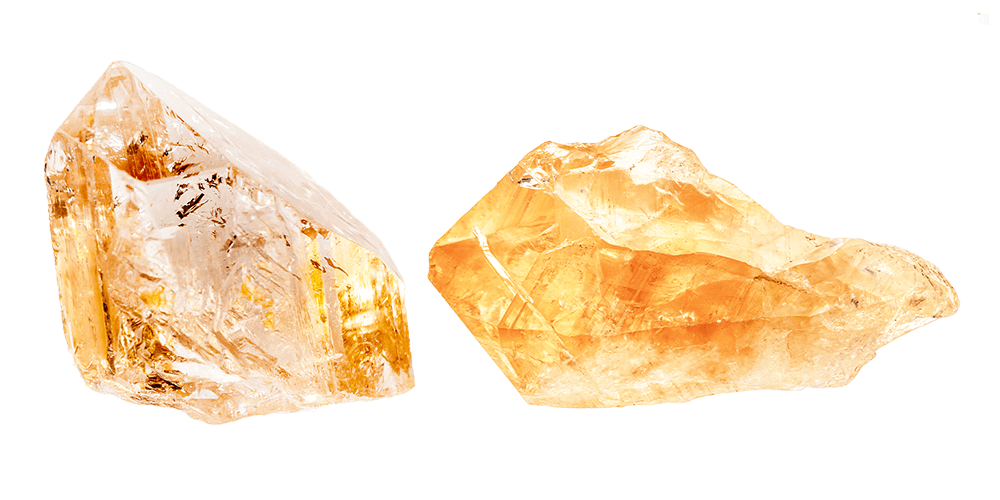

Why does November have two birthstones?
November is associated with two distinct birthstones: Topaz and Citrine, gaining their associations throughout history. The months of the year differ in the number of birthstones they’re associated with, each month typically having one to two birthstones, though a select few have up to three gemstones.
The number of birthstones per month varies, as do the associated gemstones, which are classified as either modern or traditional. The more common of the two types are modern birthstones, which were officially designated by the Jewelers of America in the 1950s. Traditional birthstones, on the other hand, are the gemstones that were more commonly linked with their respective months in the early 20th century and earlier. Many of these traditional birthstones have become too rare and are not as readily available on the market today, leading to some months having modern birthstones that differ from their traditional counterparts.





Terrific Topazes
Features of Topazes
The traditional birthstone for the month of November is topaz. The name ‘topaz’ is believed to translate to ‘jewel’ in Latin. Some think that the name derives from the Sanskrit word ‘tapas,’ meaning ‘fire.’
However, most historians and experts concur that the name actually originates from ‘Topazios,’ the Greek name for the island now known as Zabargad. Interestingly, this island was never a source of topaz; instead, the topaz gemstones were often confused with peridot when it was mined there.
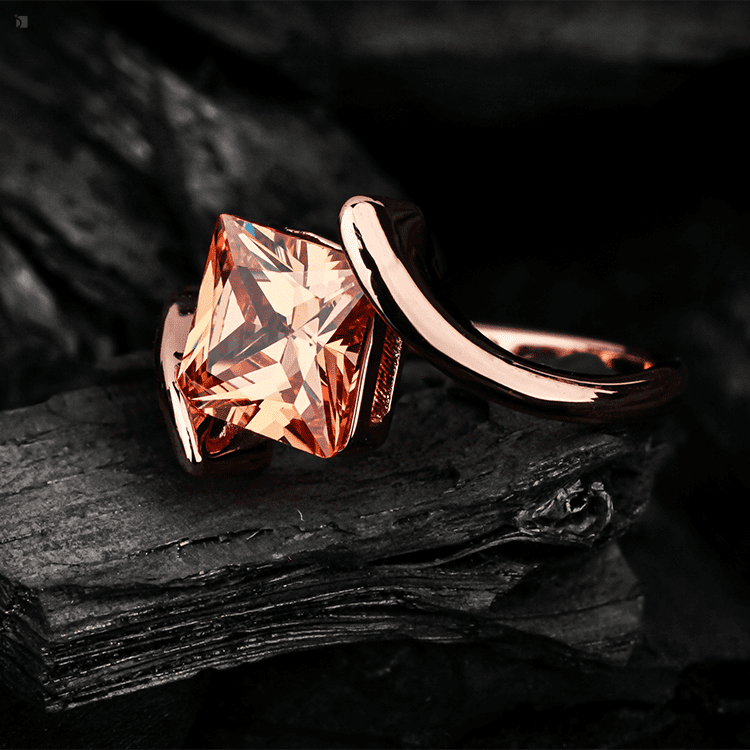

Throughout history, all types of yellow gemstones were actually called topaz, as they were thought to be only the famous yellow hue. However, topaz gemstones naturally form in many different colors, essentially taking on any hue of the rainbow. Topaz is inherently a colorless gemstone, but gains its colors from impurities.
The most valuable color of topaz is the golden orange-yellow ‘Imperial Topaz.’
The color variety of topaz includes pink, orange, yellow, blue, purple, brown, and its rare red hue. One type of topaz is called ‘Mystic Topaz,’ which has a rainbow effect; this is due to a thin artificial film coating on colorless topaz. If you have Mystic Topaz, it is recommended to avoid buffing wheels or abrasive cleaners, as these could remove the artificial coating.
The Extremely Popular Color of Blue Topaz
Natural topaz gemstones in blue are very rare in nature; therefore, most blue topaz gemstones are treated.
- Due to the rarity of natural blue topaz, a majority of the blue topaz available today is produced by treating the colorless varieties with heat and irradiation.
- A significant portion of the topaz market features blue topaz because it is an extremely popular color among consumers.
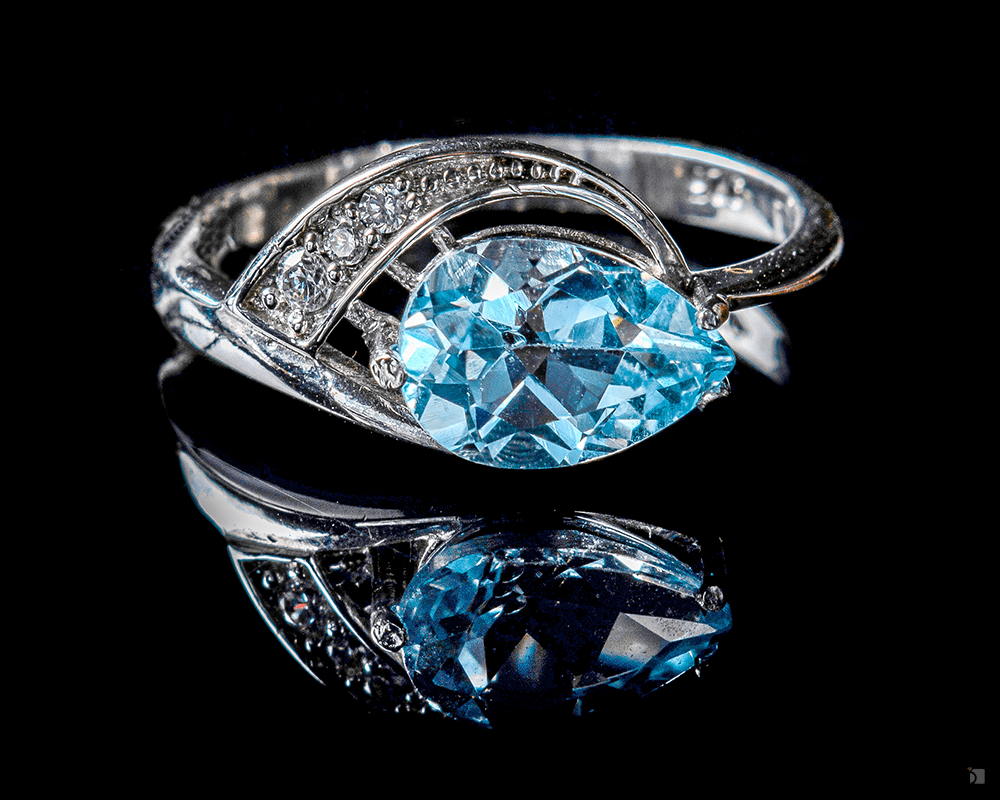

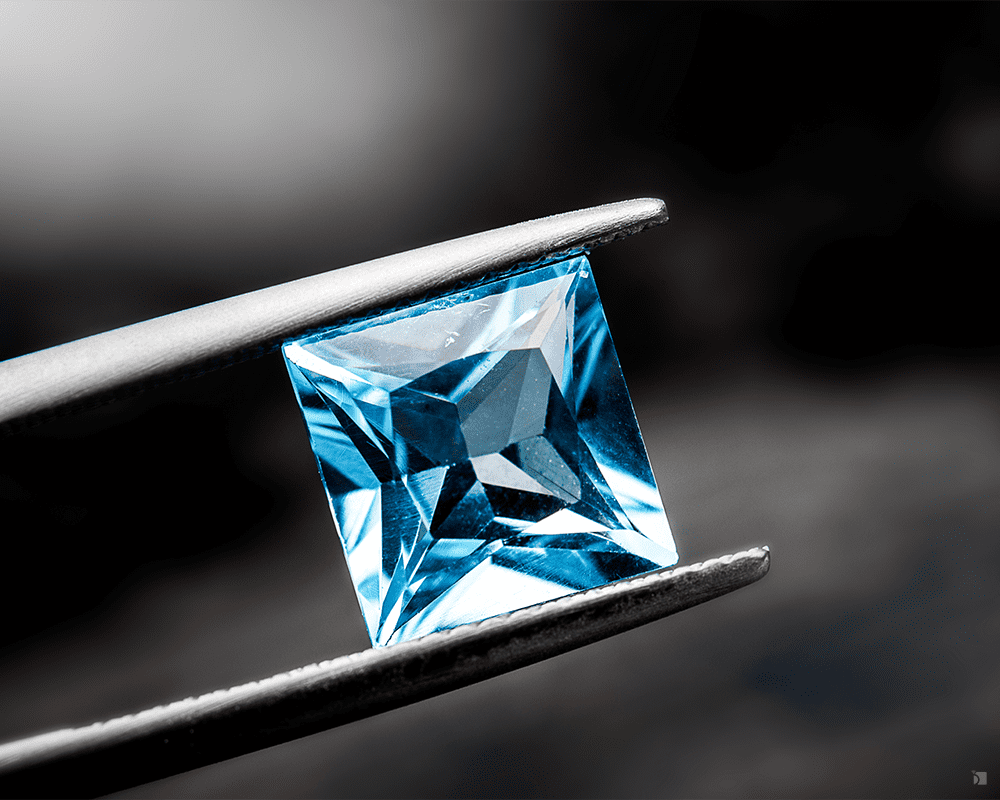

The History and Symbolism of Topazes
One of the main sources of high-quality topaz has been Brazil, where it has been mined for over two centuries. Topaz is also found in Pakistan, India, Russia, Australia, Nigeria, Mexico, the United States, Germany, Madagascar, Namibia, Myanmar, and Sri Lanka.
Many believe that the topaz gemstone was first discovered in Germany in 1737 and in Brazil during the 1740s. However, as previously mentioned, there has been confusion with other gemstones throughout history. For example, peridot was often mistaken for topaz on the Greek island of Zabargad. Documentations from various eras indicate that topaz has been mixed up with different gemstones. In conclusion, historical evidence points to Germany as the initial discovery site for topaz.
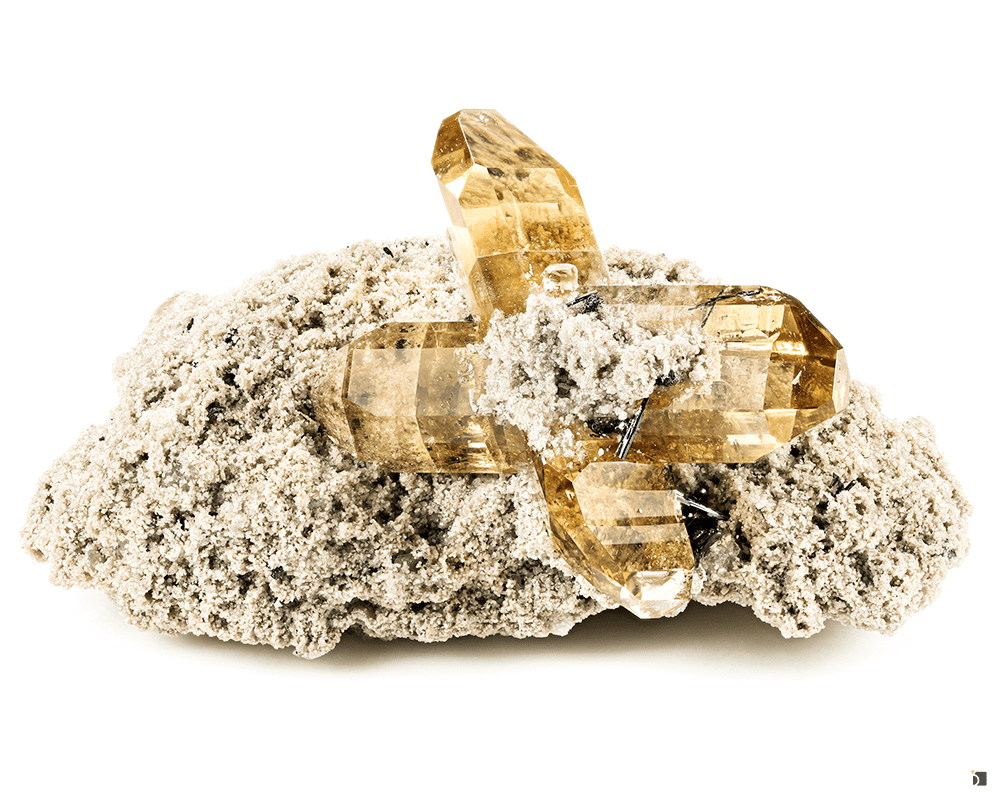

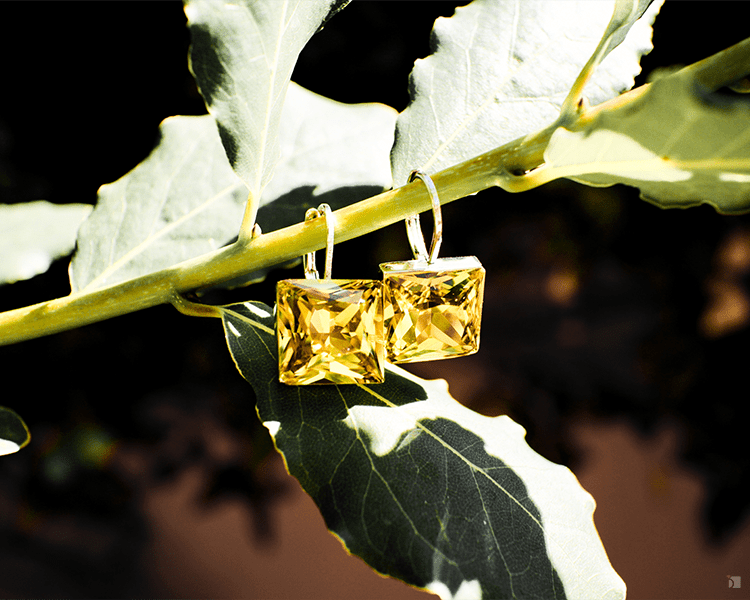

The topaz gemstone was believed to have many properties and powers by many different cultures. Generally, the topaz is known to symbolize warmth, love, and affection.
- The Ancient Greeks believed that this gemstone gave the wearer strength.
- Europeans from the 1300s to the 1600s believed that it endowed the wearer with magical abilities for spells, as well as the power to relieve feelings of anger.
- In India, it was believed that topaz gemstones worn above the heart endowed beauty, intelligence, and long life.
With the blue topaz being the gemstone associated with the 4th wedding anniversary and imperial topaz with the 23rd, this stone of love and strength is a great gift for those celebrating these milestones as well as a November birthday!
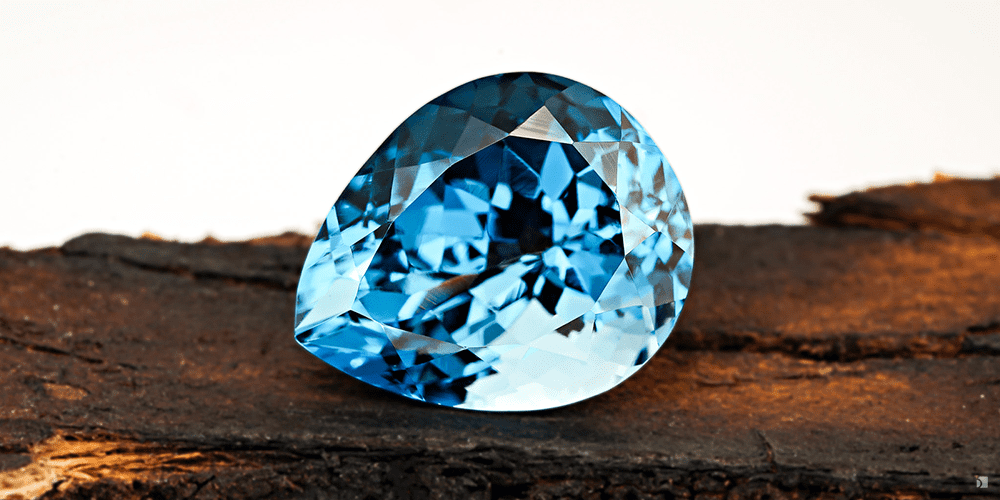

Maintaining and Caring for Your Topazes
Topazes have a hardness of 8 on the Mohs scale of hardness. Although they rank high on the scale, topazes have poor toughness and perfect cleavage, which means they require extra care to prevent cracking or chipping. The way a topaz is cut also affects its wearability and durability in jewelry.
To put the hardness scale into perspective, quartz has a hardness of 7 – 7.5 and is found in dust particles that float in the air and settle on objects that haven’t been cleaned in your home. These particles are hard enough to scratch the polish off your table and the finish on your car. Diamonds, with a hardness of 10, are the hardest gemstones, while the softest, such as talc, can be scratched even with your fingernail. Minerals can only be scratched by substances of a higher hardness level, so opal jewelry should be worn with caution.
Your precious gemstones still deserve careful maintenance to retain their sparkle and pristine condition.
To clean topaz, use mild soap in warm water and a soft cloth. Avoid bleach, chemicals, and abrasive cleaners when cleaning your jewelry at home. This includes lotions and sanitizers. It’s also best to avoid high heat and sudden temperature changes, as these can cause internal cracks in the gemstone. To prevent the color of yellow and brown topaz gemstones from fading, avoid exposure to heat or sunlight. Additionally, it’s recommended not to use ultrasonic cleaners and steam machines on your topazes.
To learn more about our professional gemstone services, such as professional cleaning and polishing, feel free to explore our Gemstone Services.





Spectacular Citrines
Features of Citrines
The modern birthstone for the month of November is Citrine.
The name ‘citrine’ comes from the French word for lemon, ‘citron.’ This term officially replaced its previous designation, ‘yellow quartz,’ in 1556.
All etymological sources of the gemstone’s name reflect its color. The association with citrus is further underscored by its Latin root, which translates to lemon, ‘pomum citreum‘ or ‘malum citreum.’
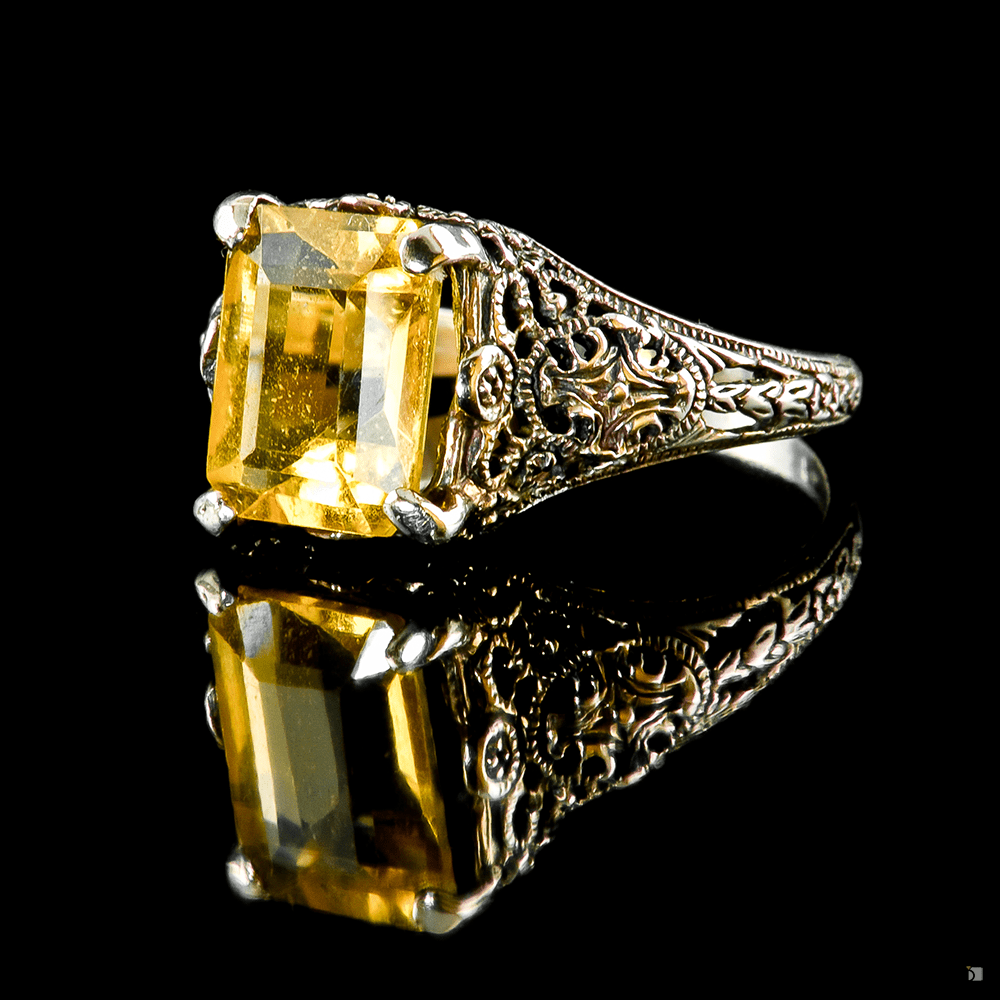

Citrine is a type of quartz that ranges in color from pale yellow to a deep orange honey color. It often gets confused with topaz due to their similar yellow-orange hues. The yellow coloration in the gemstone is caused by the presence of iron within the quartz crystals.
This golden gemstone, Citrine, is one of the most affordable yellow gemstones on the market.
The occurrence of pale yellow citrines in nature is quite rare. Most citrine gemstones available today are produced by heat-treating other types of quartz to achieve the desired yellow hues. Amethyst, the most common quartz variety subjected to this treatment, acquires its popular yellow-gold color through a process that was discovered in the mid-18th century, making it a cost-effective option.
The History and Symbolism of Citrines
The history of the citrine gemstone begins when it was first discovered several hundred years BCE in Ancient Greece, where the Greeks used it as decorative pieces. Today, Brazil is the largest producer of citrine gemstones, but it can also be sourced from Spain, France, the United States, Russia, Madagascar, and Bolivia. Each of these sources produces a different shade and hue of citrine.
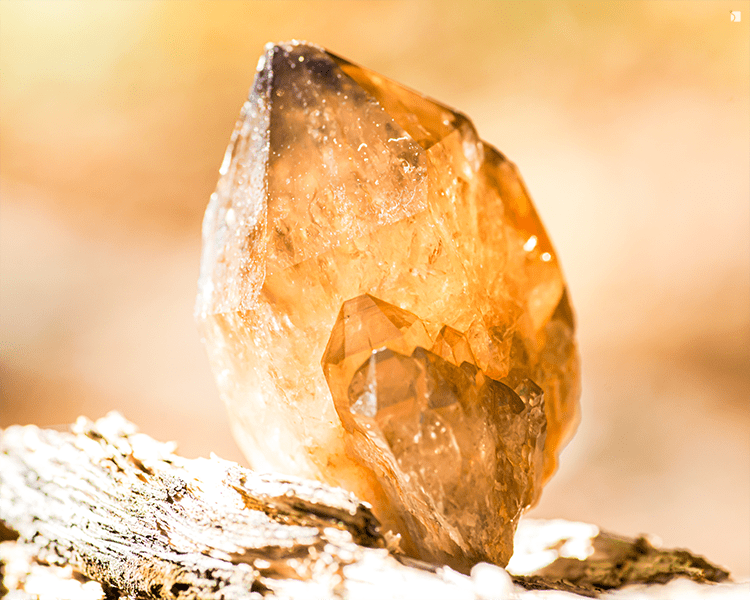

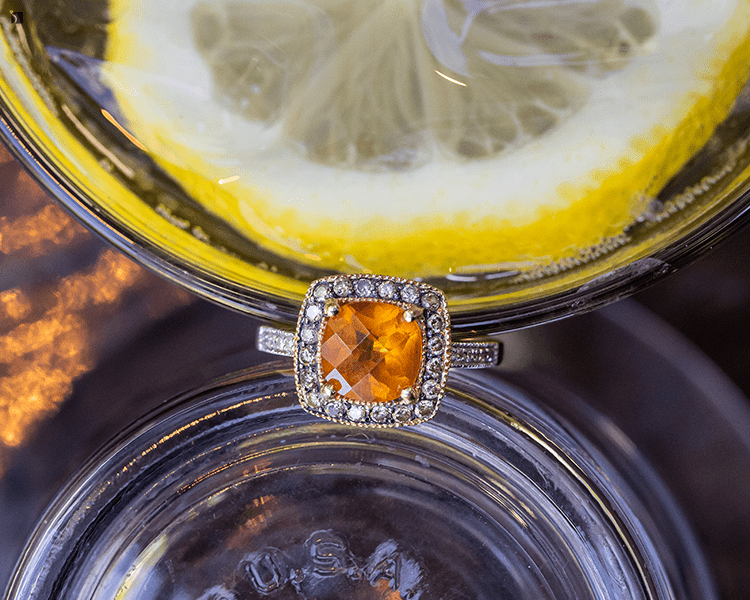

Since citrine and topaz gemstones were often mixed up and confused for one another, citrine has many of the same symbols, powers, and meanings associated with it. It is also linked to warmth, strength, fortune, and success.
With citrine being the gemstone associated with the 13th wedding anniversary, this stone of fortune and success is also an excellent gift for those celebrating this milestone, as well as for an November birthday!
Maintaining and Caring for Your Citrines
Citrines have a hardness of 7 on the Mohs scale. Since citrine is a type of quartz, it typically falls within the range of 7 to 7.5. As previously stated, minerals can only be scratched by those of a greater hardness level.
Although citrines are quite hard, it is still important to avoid knocking your gemstone jewelry too forcefully, as it can lead to chipping and cracking. Given its rating of 7 on the hardness scale, store your citrine jewelry separately from other gemstones to prevent scratches.
For at-home care, it is recommended to clean citrine with warm water, mild soap, and a soft brush, such as a toothbrush with soft bristles, or a soft cloth. Steam cleaners should be avoided, as the high heat may cause the citrine to crack. However, ultrasonic cleaners are generally safe for cleaning citrine jewelry.
To learn more about our professional cleaning and polishing services, please visit our Clean & Polish Services page.
Updated 11/22/23
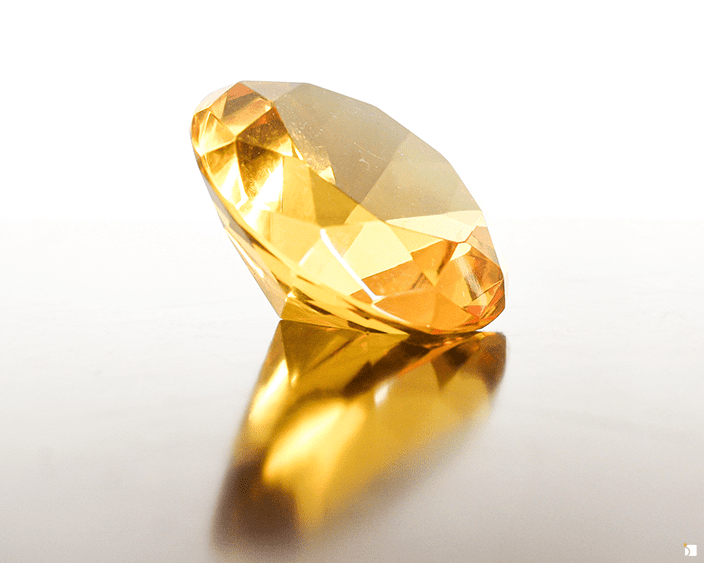

This is a Topaz!
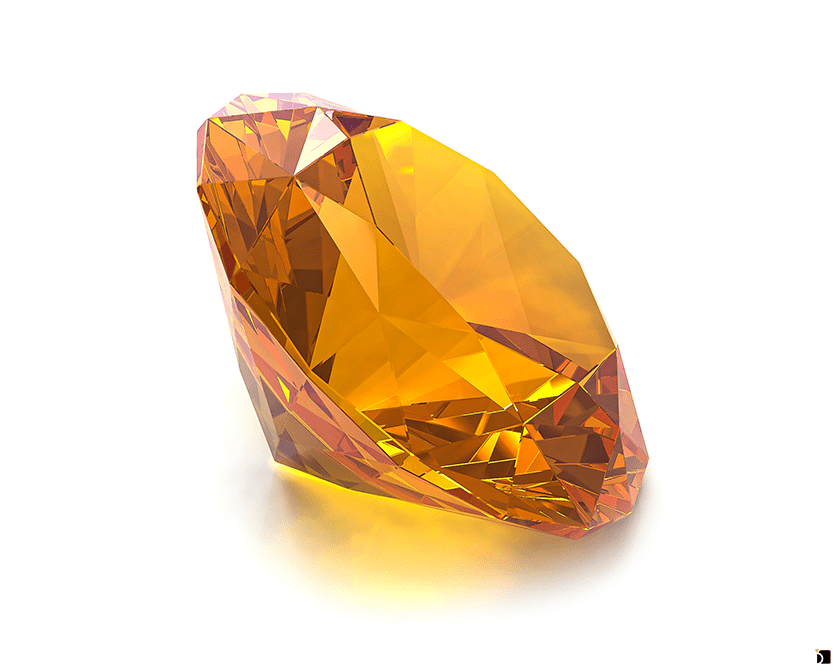

This is a Citrine!





Replacing Your Missing Topaz or Citrine
Thinking about restoring a loved one’s sentimental birthstone piece? You’re in the right place to restore their precious memories.
Gemstones provide life and brilliance to any piece of jewelry, yet they also have the highest potential for damage. Whether it’s a loose, lost, or scratched-up Topaz or Citrine, we take restoring the life of your treasures seriously. For any gem, regardless of the damage, we’ll make your jewelry sparkle as bright as the day you received it.
We have a team of specialists in place to properly source every type of gem needed for your treasured item. We understand that your gemstones are unique and require specific attention. Our Professional Stone Sourcing team ensures that all of your gems, even the ones that sometimes go unnoticed, are replaced with stones of the right caliber for your piece.
Visit our Gemstone Replacement Services page to learn more about restoring the brilliance of your Topaz or Citrine.
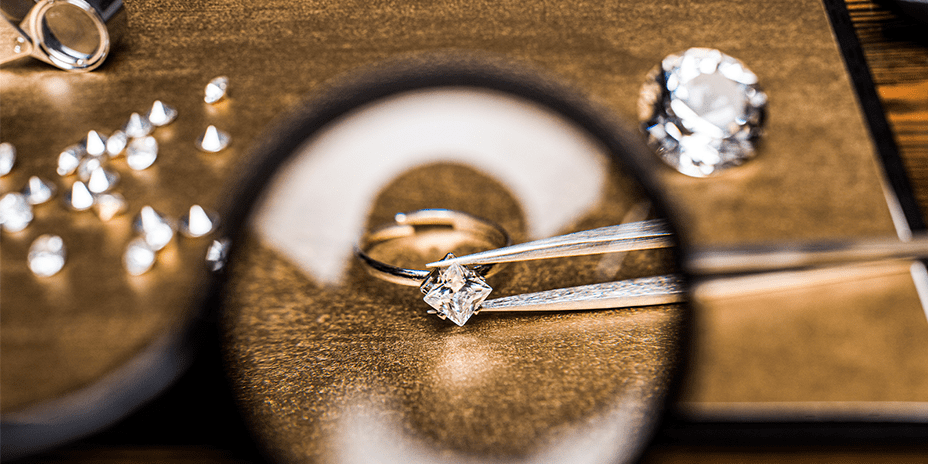

Have Questions?
The Ultimate Birthstone Guide
“If you were born in November, your month’s birthstones are Topaz and Citrine.
If you didn’t already know, there are some months that have multiple birthstones, whereas some only have one. Traditional birthstones are gemstones that were most commonly associated with its respective month in the early 20th century and even beyond, with Ancient Greek and Roman philosophers associating these gemstones with the star signs. Those that are more commonly known in this day and age are the modern birthstones, which were officially named by the Jewelers of America in the 1950’s.
If you would like to learn more about birthstones in general, visit our Ultimate Birthstone Guide!
Clean & Polish Services
“A basic clean, polish, and inspection is part of the routine care and maintenance needed to keep your jewelry looking like new. The inspection process includes looking for loose stones, bent prongs, and any damage to the metal or stones that need to be repaired.”
Stone Setting Repair
“A stone setting repair can be a simple re-tipping of a worn prong (which is considered routine care and maintenance) or the complete rebuilding/replacing of a damaged prong. In the case of severe damage, the entire head of the ring may need to be replaced.
Regardless of whether or not the prongs are compromised due to normal wear and tear or a result of accidental damage, we can provide the routine care and maintenance in order to ensure you do not lose a stone in your setting.”
Gemstone Replacement Services
“The process of a Gemstone Replacement is simple enough, yet requires trained eyes to be able to make a flawless switch. We aim to leave no trace of our work, which means not only will your setting be perfected, but the gemstone we choose will complete your jewelry piece effortlessly.”
Want to look into our Gemstone Services?
We are proud members of the


Our team includes gemologists certified by



Outstanding story there. What happened after? Thanks!
Thank you for writing this article!
Thank you for checking it out!
-My Jewelry Repair Team